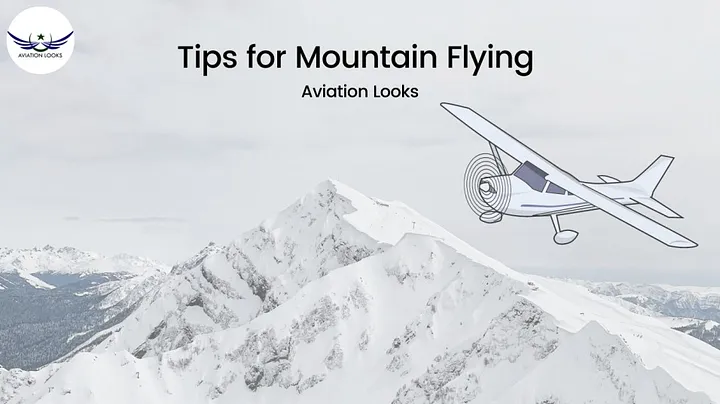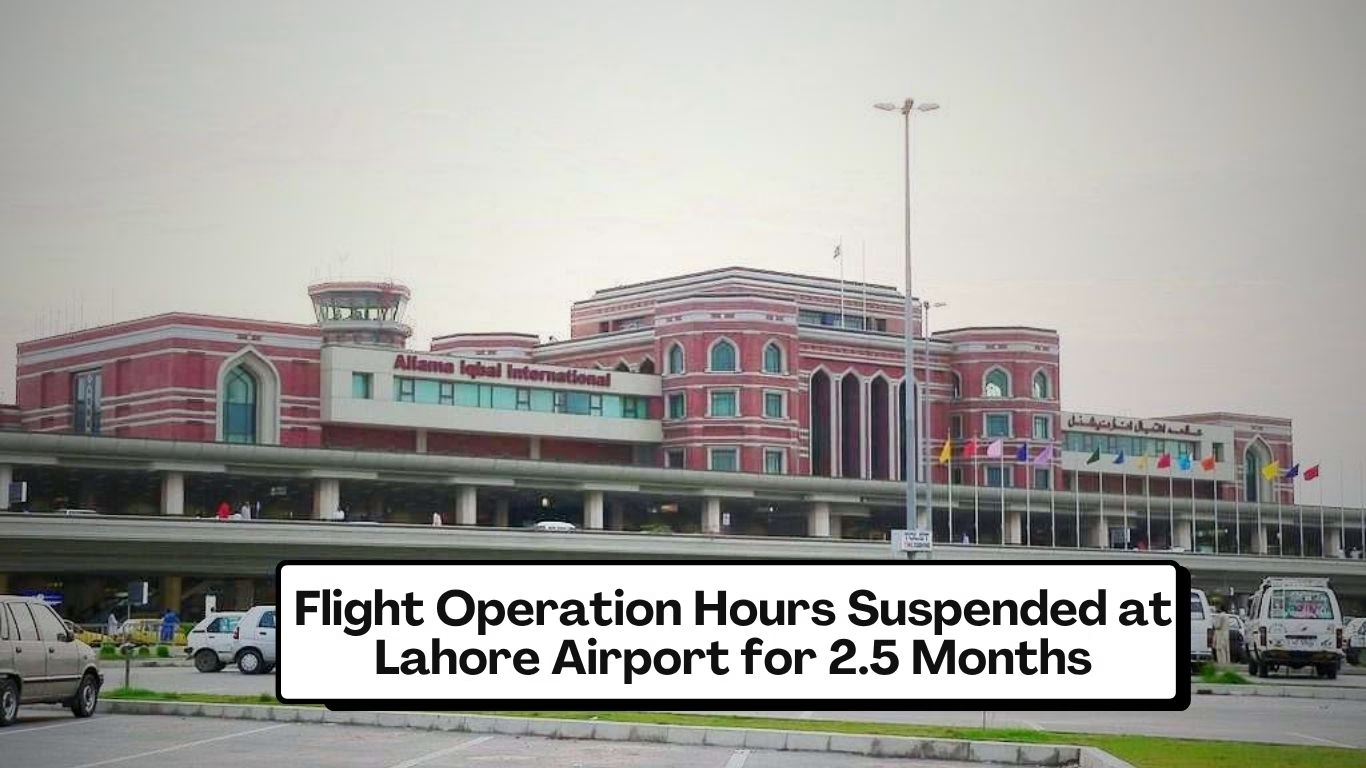Introduction
In the same way that mountain flying provides stunning views of breathtaking views, it also gives a small space for safety to novice or less experienced pilots. Thus, recognized and reputable training is a must that includes proper flying and ground courses. Before proceeding, the most important thing to remember is that many of the topics we will discuss can be found at low elevations or at non-mountainous. For instance, a high density of more than 8,500 feet is common in the eastern plains of Colorado in the summer months. Additionally, some mechanical turbulence and mountain waves can be observed in non-mountainous areas.
Requirements for mountain flying
If you are a pilot, before taking mountain flying, you must take a recognized course that provides you with the information and the skills required to ensure safety. Prior to taking up mountain flying, make sure to have at least 150 hours of time in command completed. In the case of aircraft, at least 160 horsepower and an experienced pilot is necessary to deal with high winds and strong upward and downward drafts. The total weight of the aircraft is also a factor in performance, so a minimum of 60 horsepower per occupant is recommended.
Before you attempt mountain flying it is recommended to have at least 15 miles visibility. In the event of strong winds, you are likely to contend with potentially turbulent winds that could be dangerous, so you should consider not flying if the forecast for the wind at the top of mountains is higher than 25 knots. IFR as well as night-time mountain flight require an expert pilot in an aircraft that is high-performance. Therefore, mountain pilots with experience recommend not trying IFR and night flying. It is also recommended that you have at minimum 1,000 feet elevation above the elevation of the pass when crossing the mountain passes.
Weather conditions for mountain flying
The temperature rise can make more air unstable, and airplanes will appear to be at a higher altitude, so we utilize density altitudes which is the correct pressure altitude for non-standard temperature. Be aware of your lapse speed. At sea level, 59° Fahrenheit is the norm however in 10,000ft MSL it is only 23 ° F (standard temp.).
Read the report on wind aloft and pay attention to the mountains and over them the flying zones. Examine the location of the lows and highs pressure patterns to get hints about the potential speed of winds. If the speed of the wind exceeds 25 knots and is traveling perpendicularly to the ridgeline, it could result in the formation of waves. These are comprised of powerful upward and downward drafts that have risky rotor action.
The speed of air increases as it travels through the narrow slits in a pass which could cause drafts and turbulence. Orographic lifting, especially in summer can cause convection, which can lead to the formation of thunderstorms.
Microbursts have received lots of media attention over the last few years as a result of their being the cause of numerous fatal airline accidents. The microburst that is wet occurs during intense rain showers or during storms that are relatively easy to stay clear of its downdrafts. Dry microbursts are risky due to their tendency of displaying without warning.
Planning a cross-country flight
Receiving hourly weather reports from mountain stations is not easy. Therefore, getting in touch with airports for current weather conditions is a great option to ensure safety flights. To determine the best route, ask for recommendations from local pilots. Check the roads, rivers, and valleys to determine the best routes. In many mountainous regions flying watches will not be operational, so you need to be prepared for alternative routes. Learn the VFR charts to find out the pilotage, and also for information on weather conditions. Record your flight log in the event that you require the information. In winter, you should examine the NOTAMs with care to ensure that the runway is in good shape. Make sure to call first if flying to the ski country’s most popular airport due to only a few parking spaces.
Operations during a cross-country flight
When you are starting and straining at altitude, you need to reduce the amount of fuel in your mixture to achieve the best engine performance and to stop the spark plugs from corroding. Make use of the full power of a nonturbocharged engine to run up and follow the POH to engines that are turbocharged. When taking off, the recommended flap settings, POH is recommended. Make sure you check the proper power of the engine, its RPM, manifold pressure, and fuel flow on the runway. Do not over-rotate in order to avoid excessive drag and poor performance on takeoff. Be aware of your airspeed, pitch altitude, and climb rate for the best performance of your aircraft.
While crossing the ridge, or flying over it, experienced pilots suggest that you climb at a minimum of 1,000 feet. When the winds are higher than 20 knots, then increase it to 2500 feet. You should cross the ridge at an angle of 45 degrees. This can help you make a quicker turn during downdrafts and turbulent conditions. Flying to the left of the valley is typically the best option due to having updrafts. Before you begin your descent, make sure you have a look around the airfield and organize your descent carefully, as sometimes due to restricted valleys, the normal approach to the airport can be difficult. Be aware of wind shear and take the necessary steps to turn around when facing it.
During any emergency on mountain flying
You must have enough water and food for every person for a minimum of three days. The winter season is a time to dress in warm clothes and carry a medical kit, and signals devices. You must look at symptoms of hypoxia and bring oxygen supplemental aboard. A flight that begins in deterioration is not the best option. Consider alternative routes as well as return to the airport to reconsider. If you’re caught in an emergency, such as engine failure, make a swift turn to the lower terrain and choose an area close to the highway or near a place of residence for landing. After landing, get everyone out of the area in case of fire, and remain near the aircraft. Make contact with the FAA or nearby aero planes and stay on the plane until the searchers arrive.
Summary
It is vital to enroll in a reputable training program to ensure that you can gain sufficient knowledge and abilities to stay safe in the mountain. Planning is crucial prior to flying. When you take off without a plan and training, you place both yourself and the passenger at risk.






Leave a Reply